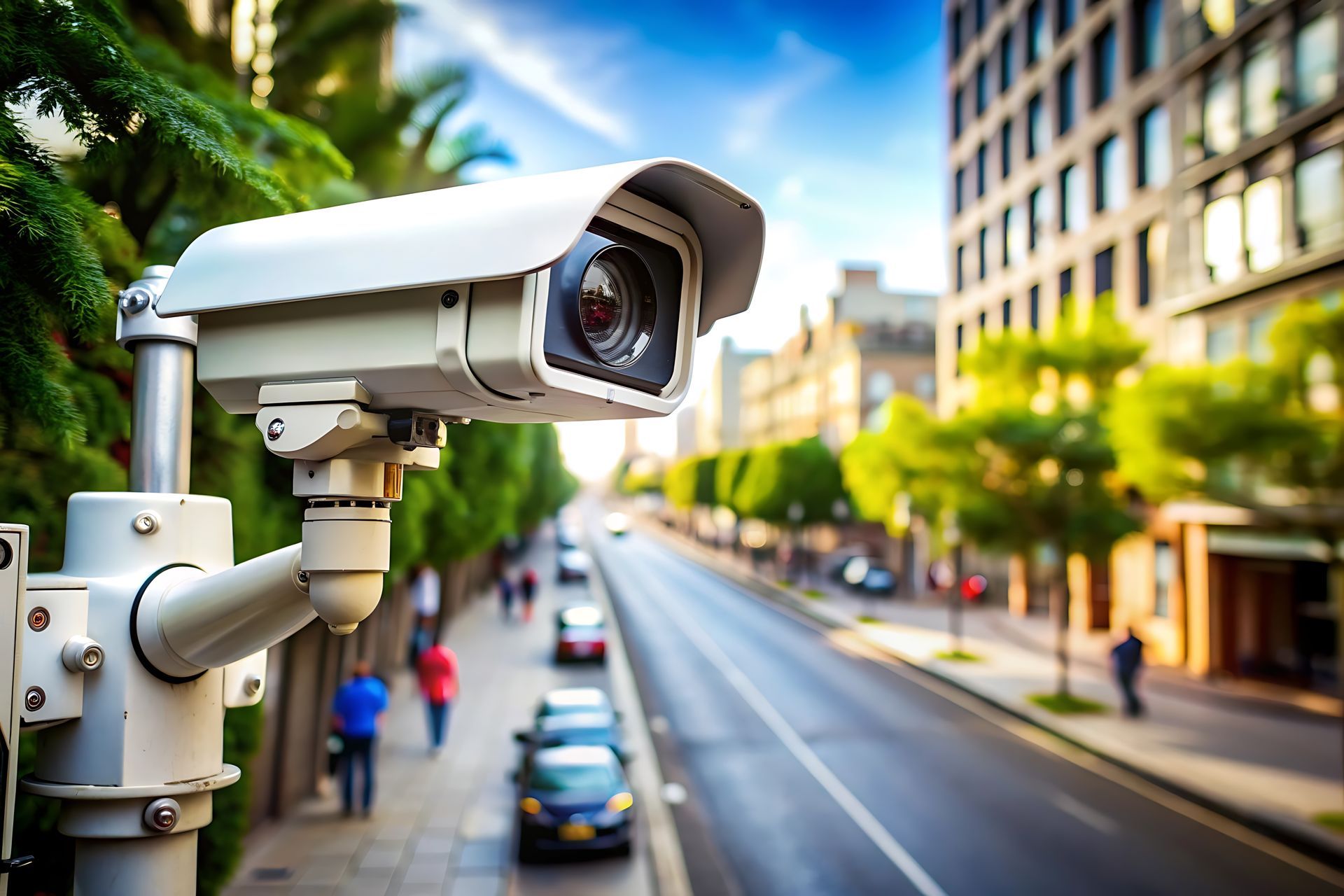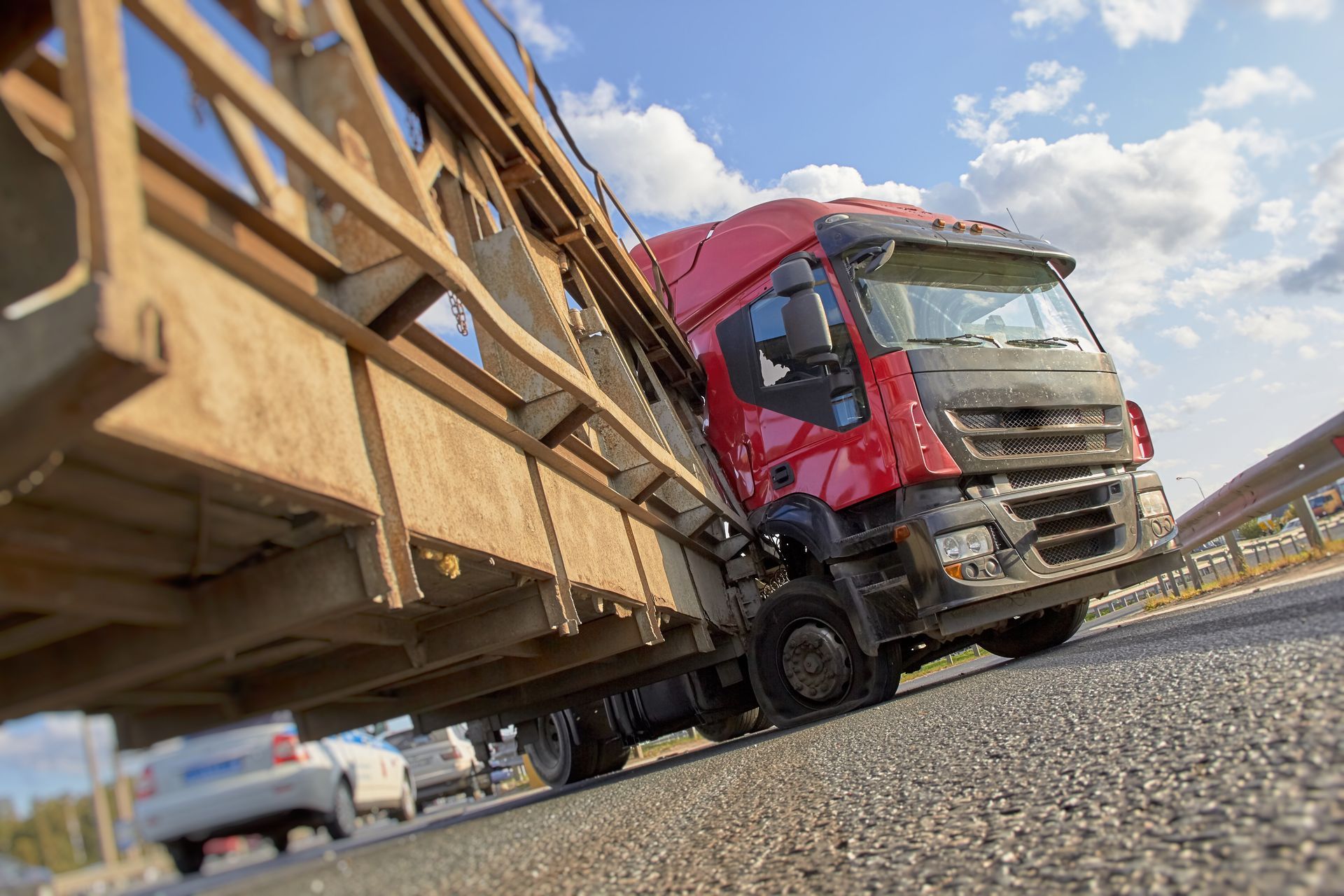The Impact of Truck Accidents on Pedestrians and Cyclists

Truck accidents involving pedestrians and cyclists often result in devastating consequences. Unlike drivers and passengers in motor vehicles, pedestrians and cyclists have minimal protection in the event of a collision, making them extremely vulnerable. Knowing the impact of truck accidents on these road users and the measures that can be taken to improve safety is crucial in reducing fatalities and serious injuries.
The Vulnerability of Pedestrians and Cyclists
Lack of Protection: Pedestrians and cyclists are at a significant disadvantage in collisions with trucks due to the sheer size and weight disparity. Trucks can weigh up to 30 times more than passenger cars, and the force of impact is exponentially greater. Without the protective structure of a vehicle, pedestrians and cyclists are directly exposed to the full brunt of the collision.
High-Risk Areas: Urban areas with high traffic density often see more pedestrian and cyclist activity. Unfortunately, these areas also have higher incidences of truck accidents due to the complex interactions between different types of road users, limited space, and the necessity for trucks to navigate busy streets for deliveries and services.
Limited Visibility: Trucks have large blind spots, often referred to as “no-zones,” where the truck driver cannot see other vehicles, pedestrians or cyclists. These blind spots are particularly dangerous for vulnerable road users who may be completely unaware that they are not visible to the truck driver.
Common Causes of Truck Accidents Involving Pedestrians and Cyclists
Driver Inattention: Distracted driving is a significant factor in many truck accidents. Truck drivers who are distracted by their phones, GPS systems or other in-cab devices may fail to notice pedestrians or cyclists in their path.
Failure to Yield: Trucks often require more time and distance to come to a complete stop compared to smaller vehicles. Failure to yield the right of way to pedestrians at crosswalks or cyclists in bike lanes can lead to catastrophic accidents.
Speeding: Excessive speed reduces the reaction time available to both the truck driver and the pedestrian or cyclist. Higher speeds also increase the severity of injuries sustained in a collision.
Turning Accidents: Right-turn and left-turn accidents are common when trucks and vulnerable road users share the road. Cyclists traveling straight or pedestrians crossing the street can be hit by trucks making wide turns, often without the driver realizing until it’s too late.
The Impact on Pedestrians and Cyclists
Physical Injuries: The physical injuries sustained in truck accidents are often severe and life-threatening. Common injuries include:
- Traumatic brain injuries (TBIs)
- Spinal cord injuries
- Fractures and broken bones
- Internal organ damage
- Lacerations and contusions
These injuries can lead to long-term disabilities, requiring extensive medical treatment and rehabilitation.
Psychological Trauma: Survivors of truck accidents often experience significant psychological trauma. Post-traumatic stress disorder (PTSD), anxiety, depression and phobias related to road use are common. The emotional toll can be profound, affecting the quality of life and mental well-being of the victims.
Economic Impact: The economic repercussions of truck accidents for pedestrians and cyclists are substantial. Medical expenses, lost wages, rehabilitation costs and long-term care can place a significant financial burden on the victims and their families. Additionally, the loss of productivity due to injury can have wider economic implications.
Measures to Improve Safety
Infrastructure Improvements: Urban planning and infrastructure improvements can greatly enhance the safety of pedestrians and cyclists. Dedicated bike lanes, pedestrian bridges and improved crosswalks can provide safer routes for vulnerable road users, reducing the likelihood of interactions with trucks.
Enhanced Visibility: Improving truck design to enhance visibility can help reduce blind spots. The implementation of advanced driver-assistance systems (ADAS), such as blind-spot detection and collision warning systems, can alert truck drivers to the presence of pedestrians and cyclists.
Strict Enforcement of Traffic Laws: Strict enforcement of traffic laws, particularly in high-risk areas, can deter dangerous behaviors such as speeding and distracted driving. Fines and penalties for violations can incentivize truck drivers to adhere to safer driving practices.
Public Awareness Campaigns: Education and awareness campaigns aimed at both truck drivers and vulnerable road users can promote safer interactions. Truck drivers should be educated about the risks to pedestrians and cyclists and the importance of checking blind spots. Similarly, pedestrians and cyclists should be made aware of the dangers of truck blind spots and the need for visibility and caution.
Advocacy for Stronger Regulations: Advocacy for stronger regulations governing truck operations in urban areas is essential. This can include measures such as restrictions on truck traffic during peak pedestrian and cyclist activity hours, lower speed limits in densely populated areas, and mandatory use of safety technologies.
Legal Recourse for Victims
For victims of truck accidents, seeking legal recourse is crucial in obtaining compensation for their injuries and losses. Personal injury attorneys with experience in truck accidents can help victims navigate the complex legal landscape, gather evidence and build a strong case. Compensation can cover medical expenses, lost wages, rehabilitation costs and pain and suffering, providing financial relief and support for recovery.
Expert Legal Advice from ATL Elite in Atlanta, GA
If you or someone you know has been injured in a truck accident, it's likely in your best interest to have experienced legal support to advocate on your behalf.
Visit our attorneys page to meet a skilled truck accident lawyer in Atlanta and discover how they can advocate for your rights.


